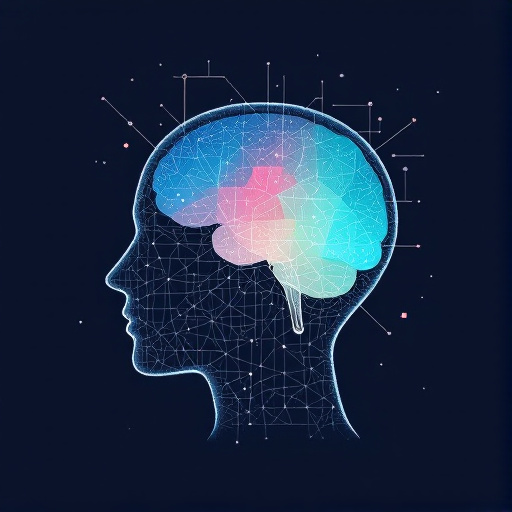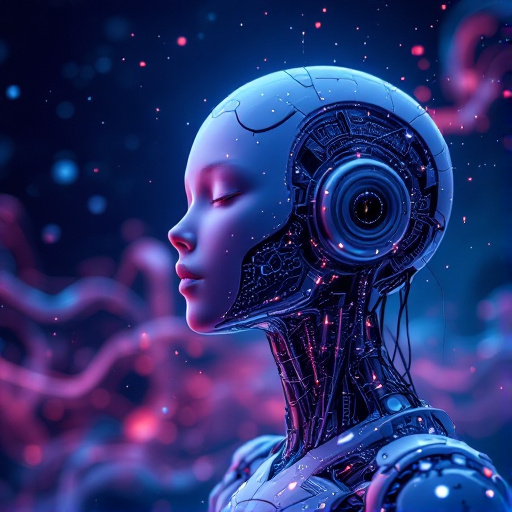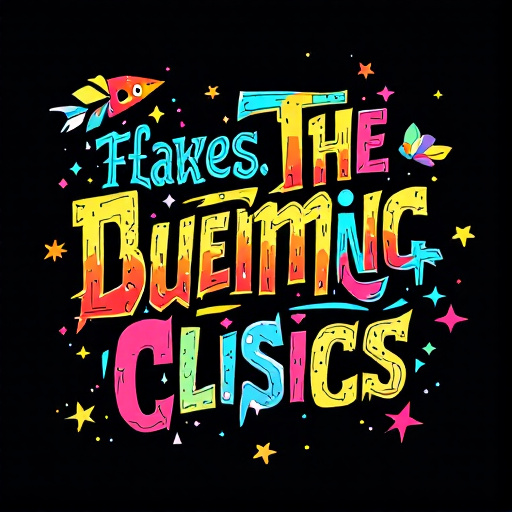Featured Articles
- 9 Essential Psychological Triggers Every Web Designer Must Harness for Maximum User Engagement
- "Beyond Aesthetics: How Neurodesign is Shaping the Future of Web Usability"
- Beyond Aesthetics: The Surprising Role of Color Psychology in Web Design Fundamentals
- Design Disruption: How AI-Driven Aesthetics Are Shaping the Future of Web Design Basics
- Designing for the Unseen: How Invisible Elements Transform User Experience in Web Design Basics
The Surprising Impact of Minimalist Design on User Psychology: Less Is More in Web Design
The Surprising Impact of Minimalist Design on User Psychology: Less Is More in Web Design
Minimalist design in web interfaces has grown into more than just a trend; it's a profound reflection of how our brains process information and make decisions. By stripping away the unnecessary, designers enhance usability and create a more engaging user experience that prioritizes functionality without overwhelming users.
The Essence of Minimalism
Minimalism is rooted in the philosophy of "less is more," a principle championed by renowned architect Ludwig Mies van der Rohe. In web design, this translates to a clean aesthetic, ample white space, and uncluttered layouts that guide users to focus on what truly matters. Picture this: when users visit a website filled with clutter, their brains can easily become overloaded.
User Attention: A Finite Resource
Here's a fun fact: the average human attention span has dropped from 12 seconds in 2000 to just 8 seconds today, shorter than that of a goldfish! A minimalist approach helps to counteract this decline by presenting information in digestible chunks, allowing users to quickly find what they need without unnecessary distractions (Microsoft, 2015).
Psychological Implications of Clutter
Take Sarah, a 25-year-old graphic designer. She often finds herself frustrated when navigating websites that bombard her with information. In contrast, when she lands on a minimalist site, her experience shifts. She feels calm and in control, more likely to explore the offerings without the clutter-induced anxiety. This phenomenon isn't exclusive to Sarah; numerous studies show that clutter can lead to cognitive overload, resulting in users abandoning sites altogether (Buchanan et al., 2010).
Case Study: The Google Effect
Google is a prime example of minimalist design success. The search engine’s simple layout features a central search bar on a blank page—an approach that revolutionized how people access information online. According to a Nielsen Norman Group study, users prefer simple and efficient interfaces. Google’s design philosophy encourages strategic focus, presenting users with what's necessary for fulfilling their needs—searching for answers and discovering content (Morville, 2010).
Building Trust Through Minimalism
Have you ever noticed how a minimalist design can instill trust? Users tend to associate clutter with a lack of professionalism or, worse, scams. Consider the stark contrast between e-commerce websites with heavy graphics and those that prioritize sleek designs; studies have shown that 94% of first impressions relate to design elements (Web Credibility Research, 2002). When sites look clean and well-organized, they project reliability, making users more likely to engage.
The Role of Color and Typography
Colors and fonts are integral to minimalist web design. A limited color palette and selected fonts can evoke various emotions and guide user behavior. For example, light backgrounds paired with dark text enhance readability and create a sense of openness—crucial elements that cater to younger audiences accustomed to quick information extraction (Davis & Kauffman, 2015).
Conveying Depth with Simplicity
When speaking of depth, simple typography can convey complex ideas. Take the example of Apple's website; its use of space and succinct language elevates products, emphasizing functionality. Users are drawn into a narrative where less is more, feeling as though they’re part of a larger story rather than merely being sold to.
Engagement Through Simple Navigation
Now, let's shift gears and talk about user engagement. Minimalist design not only simplifies aesthetics but also optimizes navigation. A clean structure with intuitive menus reduces the points of friction in user experiences, making it easier for visitors to find what they want. In fact, a study conducted by Forrester Research revealed that a well-designed user interface could increase conversion rates by up to 200% (Forrester, 2016).
Mobile-Friendly Experience
In today's digital landscape, mobile usability is paramount. With over half of global internet traffic coming from mobile devices, minimal designs lend themselves well to smaller screens. The principle of “responsive design” goes hand-in-hand with minimalism—it ensures that users have a consistent and seamless experience regardless of device.
Minimalism and SEO: A Surprising Link
But did you know that a minimalist design can also boost your search engine optimization (SEO) efforts? Search engines like Google prioritize user experience, a factor that minimalist designs support. Faster loading times, lower bounce rates, and increased dwell time are all byproducts of a cleaner layout, leading to better SEO rankings.
Humor in Minimalist Design?
Here's a light-hearted thought: we often mistake minimalist design for boring. But hey, it's time to rethink it! A website that embraces humor through minimalism can engage users more effectively, exemplified by sites like Mailchimp, which uses quirky illustrations sparingly among its clean lines. Combining fun and minimalism creates a memorable experience, leaving users chuckling instead of overwhelmed.
The Emotional Connection
What about the emotional connections we forge with minimalist websites? These designs often evoke feelings of tranquility and peace—important factors in user retention. For instance, imagine a yoga studio's website beckoning users with soft pastels and expansive white spaces. It establishes a calming prelude before they’ve even stepped into a class, fostering connection and loyalty.
Cultural Considerations in Design
It’s also essential to consider cultural backgrounds when designing minimally. Different cultures resonate with various design principles; what feels comfortable in the West may feel stark in the East. Engaging with diverse audiences means not merely adapting to trends but understanding the psychological implications of design decisions on different cultural mindsets.
Conclusion: Embracing the Minimalist Revolution
In conclusion, as we navigate through our increasingly complex digital lives, the appeal of minimalist design in web development will only grow stronger. It connects with users on psychological, emotional, and practical levels, confirming that sometimes, less truly is more. By prioritizing clarity and simplicity, designers can create experiences that enhance user satisfaction, foster engagement, and build trust—and that’s a formula for lasting success in the digital realm.
So, the next time you’re tempted to crank up the complexity, remember Sarah and countless others like her. A minimalist design isn’t just about aesthetics; it’s an invitation for users to explore and connect without the noise. In the end, wouldn’t you rather serve a slice of clarity than a plateful of confusion?




